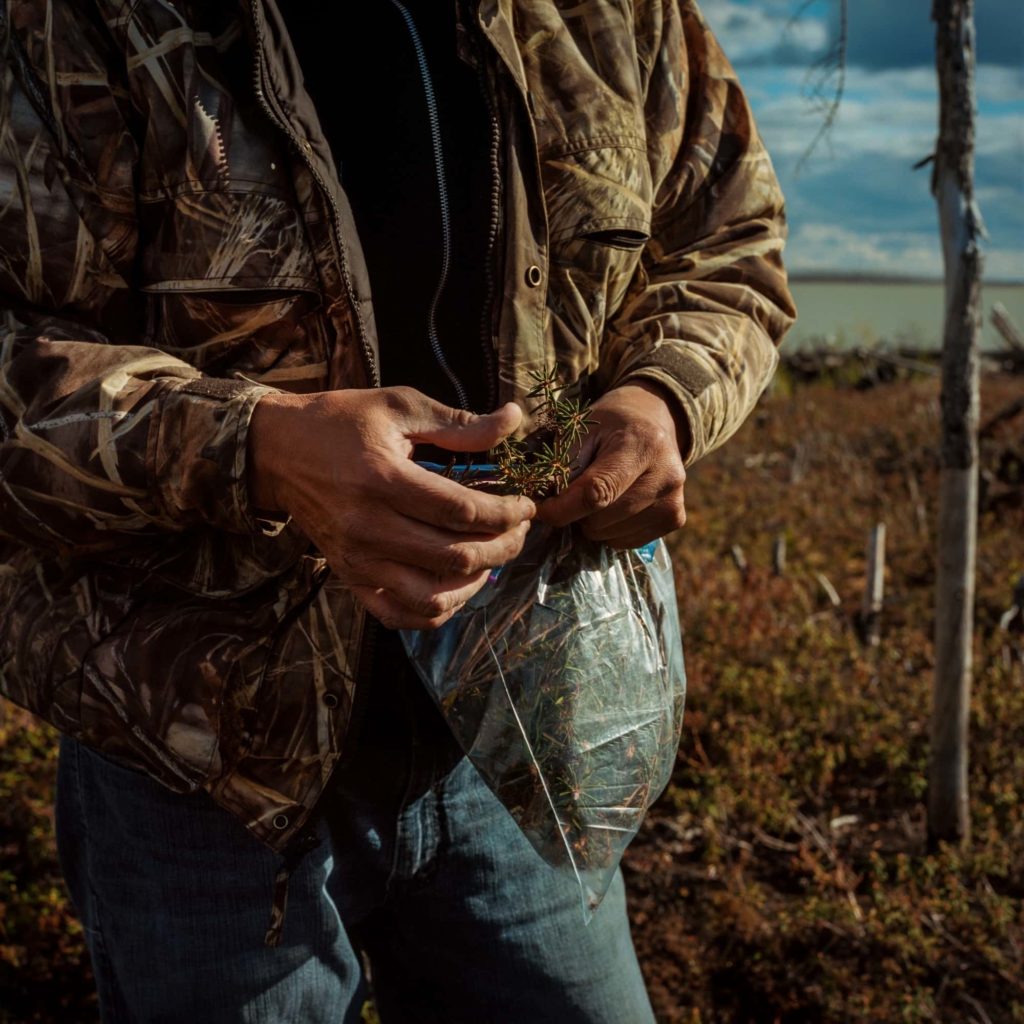They Sacrificed for Hydroelectricity

The need for clean energy is undeniable. But why is it that the people forced to sacrifice for all forms of energy are always the poorest members of society? What do we owe them? Why should we be allowed to do this over their consent? This edition of these questions comes from Manitoba.
Ninety-seven per cent of energy produced in Manitoba comes from hydroelectricity. The vast majority of that energy comes from a string of dams on the Nelson River system in the province’s north. There, a sixth mega dam, known as the Keeyask, is under construction to provide electricity for export to the United States.
Manitoba’s hydroelectric dams have always been marketed as clean, renewable energy. And yet, these projects have massively transformed the province’s northern ecosystems, impacting the culture, lives and livelihoods of Indigenous communities.
After decades of undertaking hydroelectric development without Indigenous consent, Manitoba Hydro offered to partner with four Cree First Nations whose traditional territories will be impacted by the Keeyask dam.
The Tataskweyak, Fox Lake, York Factory and War Lake nations signed on to an agreement with Manitoba Hydro that sets aside 25 per cent of the project for “potential” ownership by the First Nations.
The arrangement has divided these communities, driving a wedge between those attracted to the promises of new industry and those wary of the impacts of development. Many who voted in favour of the partnership agreement said they were told, and believed, the Keeyask dam would be built with or without their cooperation.
Since 2012, the price tag for the dam and transmission line has grown from $9.8 billion to almost $14 billion, while the price of electricity has dropped in the U.S. due to an uptick in fracking. The profitability of the dam has been undercut, affecting the likelihood of local First Nations benefitting from the project.
This is of direct concern for the Tataskweyak Cree Nation, located 60 kilometres upstream of the new dam. Impeded by a critical housing shortage, high unemployment, the trauma of youth suicide and a drug crisis — all within the context of a long-term boil water advisory — the community will face the compounding impacts of the Keeyask dam as water levels begin to rise.
But the Tataskweyak are not alone in their experience.
What follows is a quality photo essay on what is lost and who lost it.


